Do we even care? Some of us do.
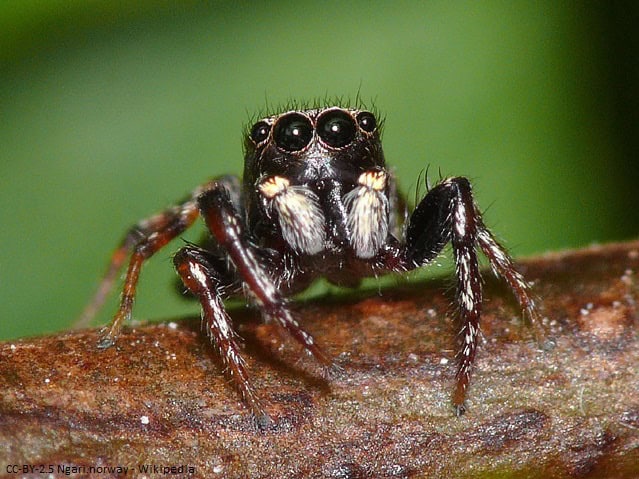
4 pairs of eyes and excellent vision for hunting.
Spiders can be scary but only a few are dangerous to humans. They really are amazing creatures and fun to watch in their “natural” habitat. Spiders only become pests to humans when they invade the home, usually in search of food – insects.
Spiders are Arachnids, of the class Arachnida (joint-legged invertebrate animals with chelicerae). Spider chelicerae are mouth parts with fangs; most species use these to inject venom into their prey.
Spiders vs. Insects
Although spiders are in the same phylum, Arthropoda, as insects – they are not insects. Spiders and insects differ in several ways. For example, spiders have two body parts, the front is called a “cephalothorax,” and the other part is their abdomen.
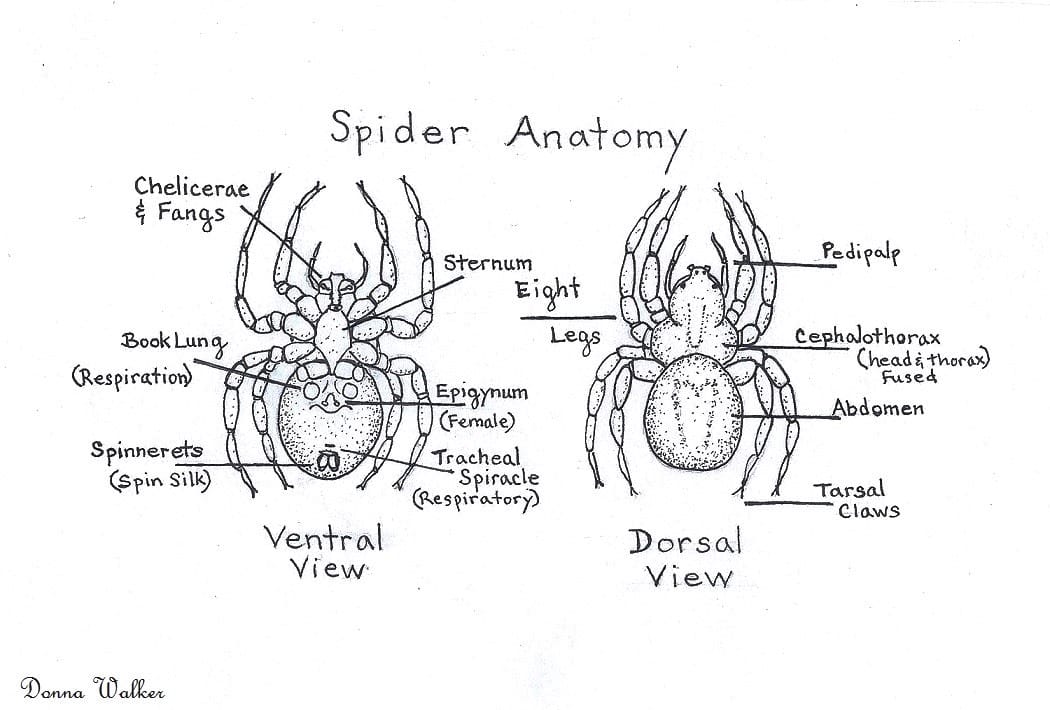
Insects have three body parts, the head, thorax, and abdomen. The other differences are in the eyes, spiders have “simple” eyes (usually eight) while insects have “compound” eyes (subdivided into several individual, light-receptive elements). There are eight legs on a spider and only six on an insect. Most other arthropods have antennae, spiders do not.
More Spider Anatomy and Courtship
Behind a spider’s chelicerae is what looks another small pair of legs but these appendages are “pedipalps” used for maneuvering prey. In males, the pedipalps have a special structure for transferring sperm to the female spider. This structure makes the male palps appear enlarged.
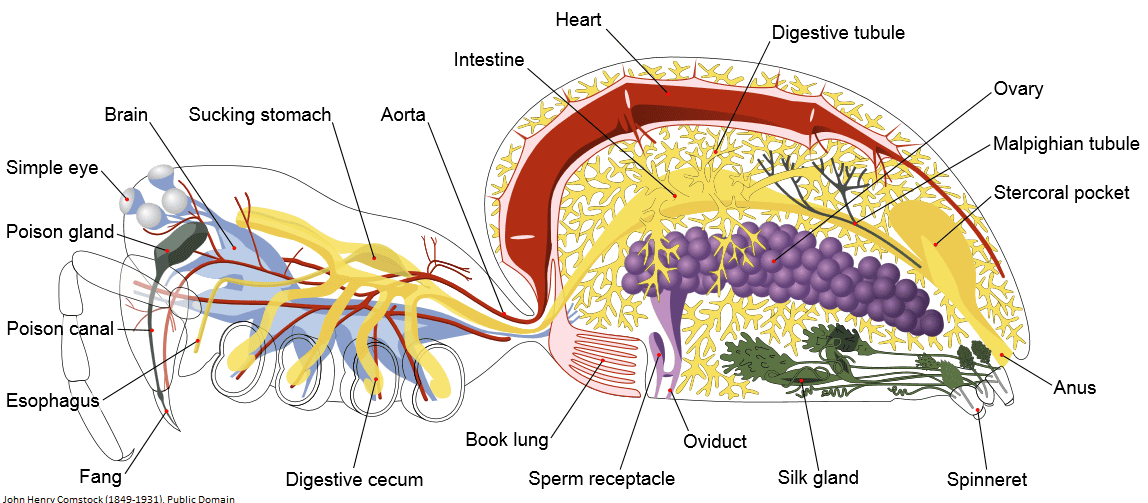
After a courtship dance of zigzag movements and a display of fine iridescent colors, an endearing quality of the male Jumping spider is how he first “reaches” out to touch the female with his front legs, and only if she is receptive, will he then climb onto her back to inseminate her with his palps. If she doesn’t want him, he will move on to another female and perform his zigzag jig.
Spider Spinnerets and Creating Webs
Web-spinning spiders are equipped with what are called “spinnerets” located at the end of the abdomen. These are the silk-spinning organs for building webs. Some spiders have only two; others have four, six, or eight spinnerets.
The actual silk is produced by glands in the abdomen that are formed of liquid protein which hardens once it is outside of the spider’s body and is then released through the rear of the abdomen. Spinnerets guide and spin the hardened protein (web) and allow the spider to release it as needed to form intricate designs for catching prey.
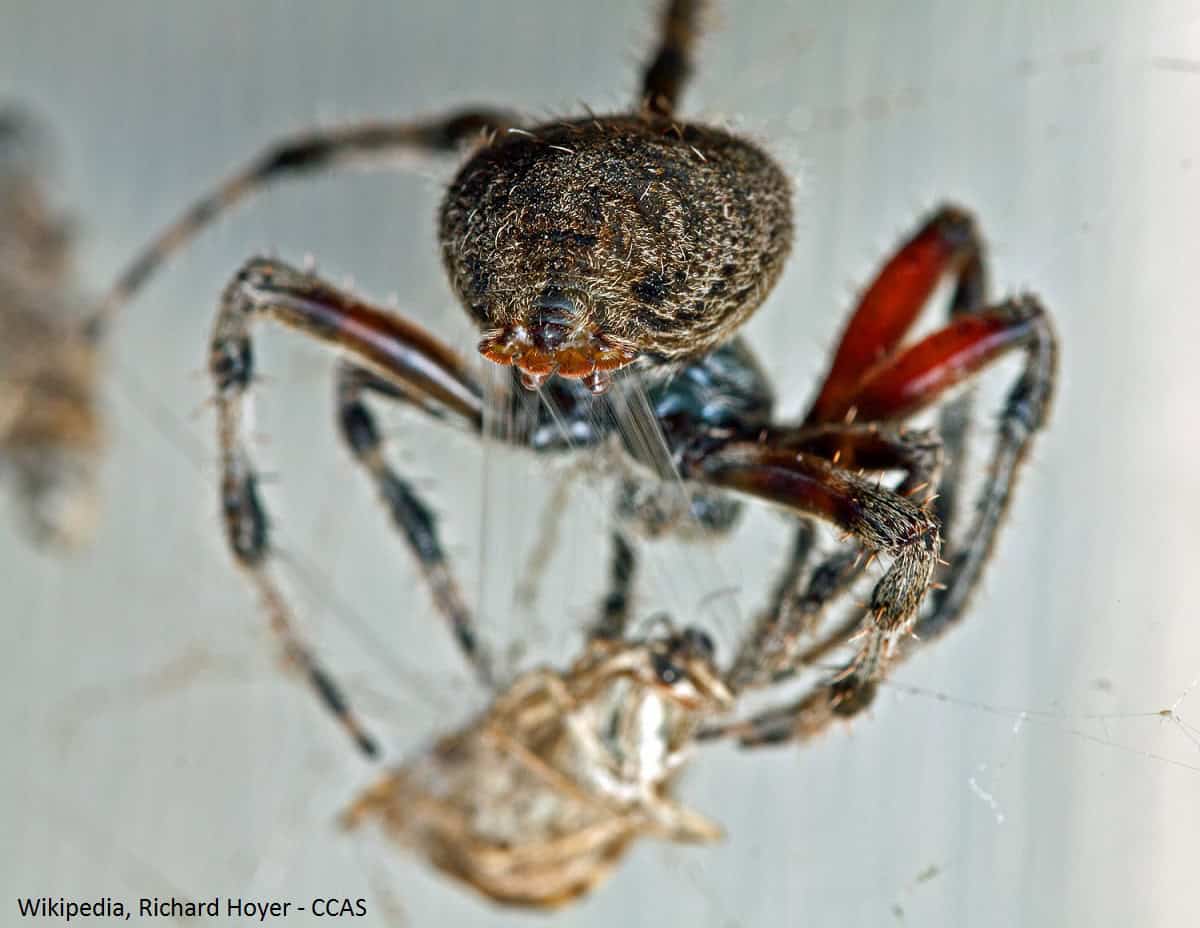
Silk webs for catching prey is also used to create egg sacs, line burrows and for “ballooning.” Ballooning is when a spider climbs to the top of a plant or object, then lets out a string of silk.
Air currents pick up the silk and the spider is then transported. Tarantulas are too heavy to balloon but most smaller spider species have ballooning ability.
The large circular and perfect webs often seen outdoors are called “orb webs” made by various Garden spiders. Each night, the Garden spider consumes the middle of its web and then creates a new center for catching morning prey.
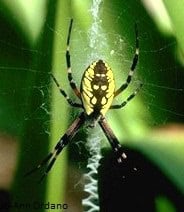
Spiders are predators and almost all carry venom but its purpose is to kill insects, not attack humans. Whether spiders create webs for catching prey or dig burrows with trap doors, or hunt by chasing insects over short distances, their goal is to eat – and feed their young.Many are beneficial outside the home where they eat ants, crickets, flies, sow bugs (roly-polies), aphids, and other insects. Inside the home, spiders will eat termites but most people can’t bear having them inside. If you don’t want spiders wandering indoors, the best way to keep them out is to seal any cracks where they can enter and to utilize pest control to treat their food source – the insects.
Call today at 1-800-986-1006 for help with a spider infestation. You’re also welcome to complete our contact form and a caring Hearts Pest Management representative will contact you shortly.
References
Walker, Cameron. “Spider Sense: Fast Facts on Extreme Arachnids.” National Geographic News, June 23, 2004.
Mallis, Handbook of Pest Control, Tenth Edition, Saunders College Publishing, 2011.
Wikipedia – Spiders
